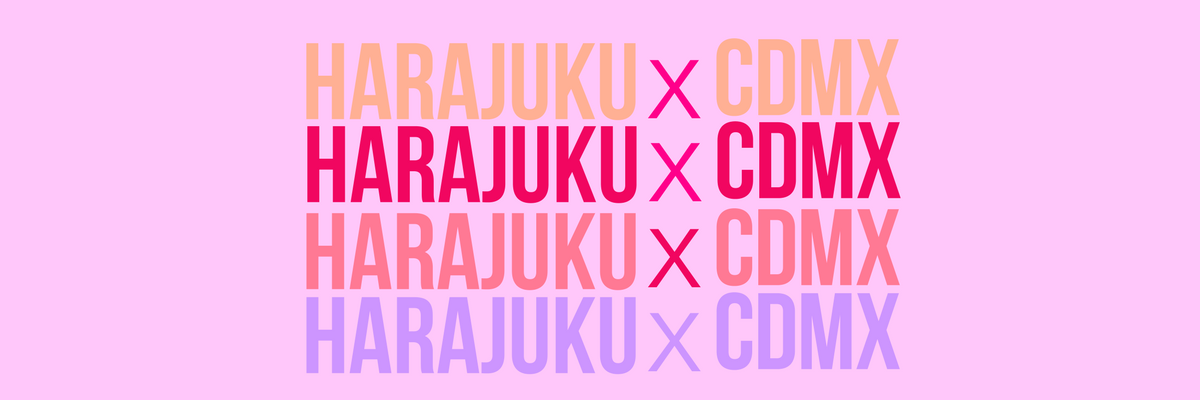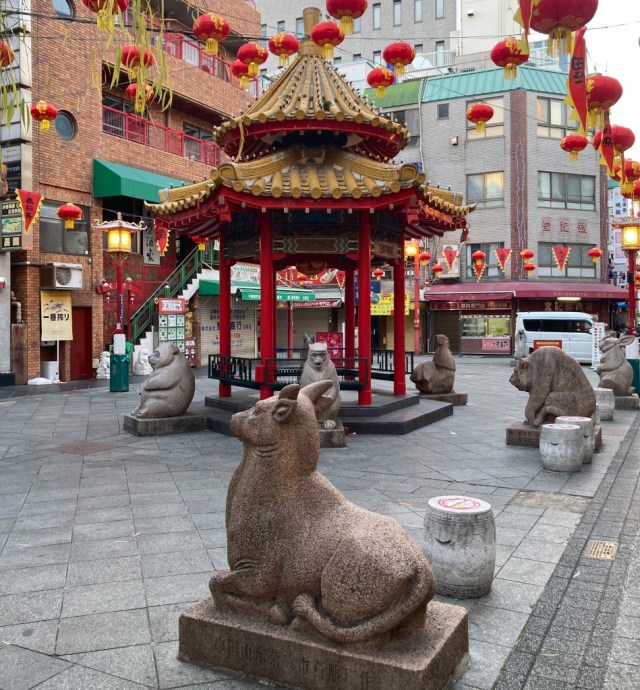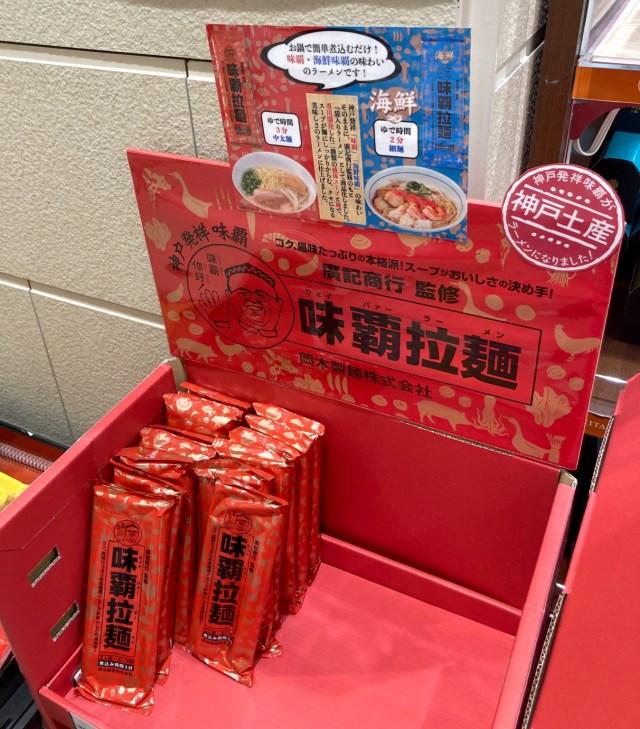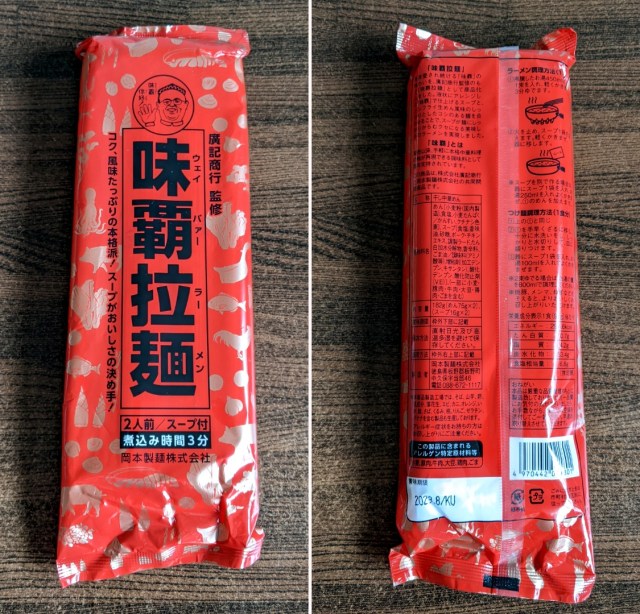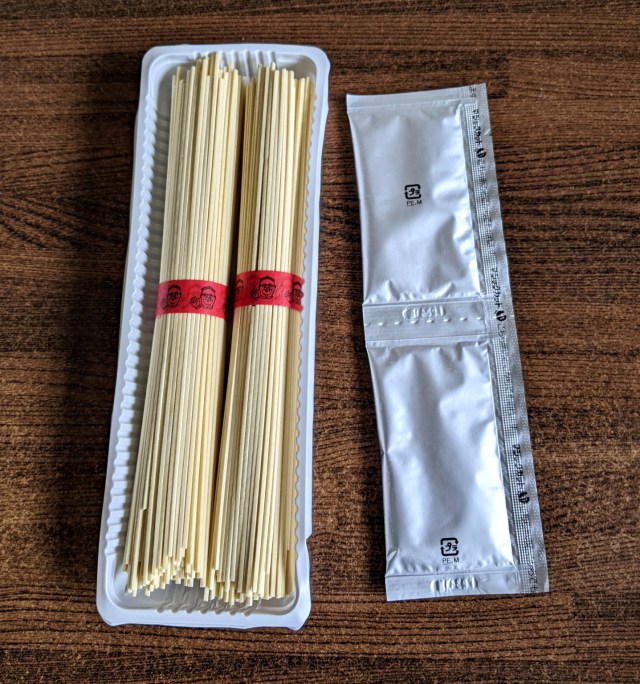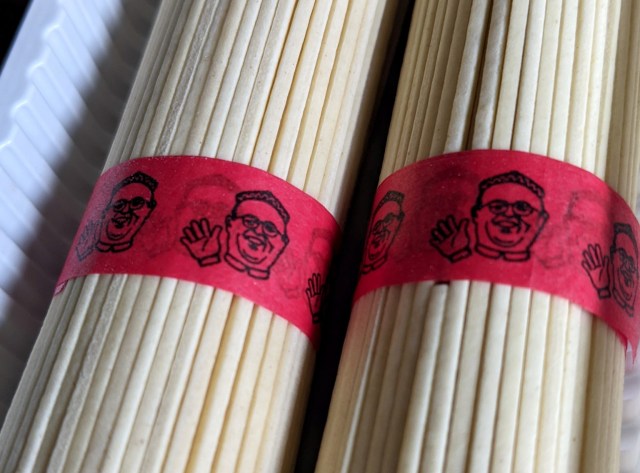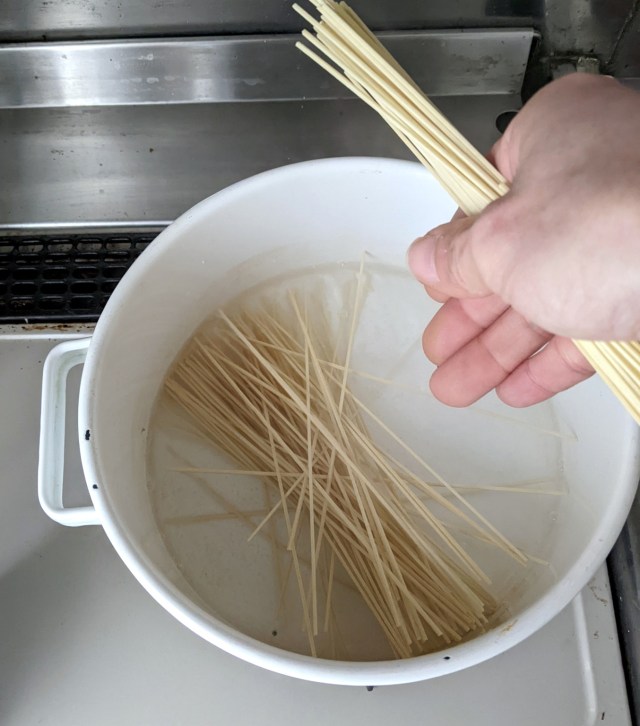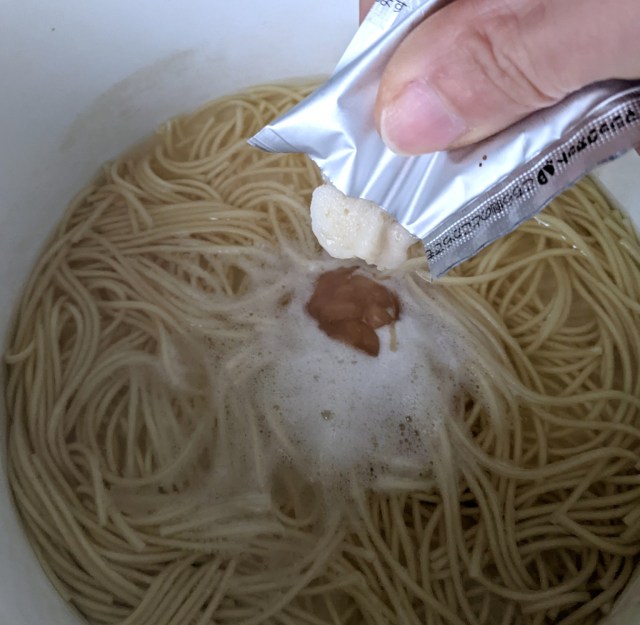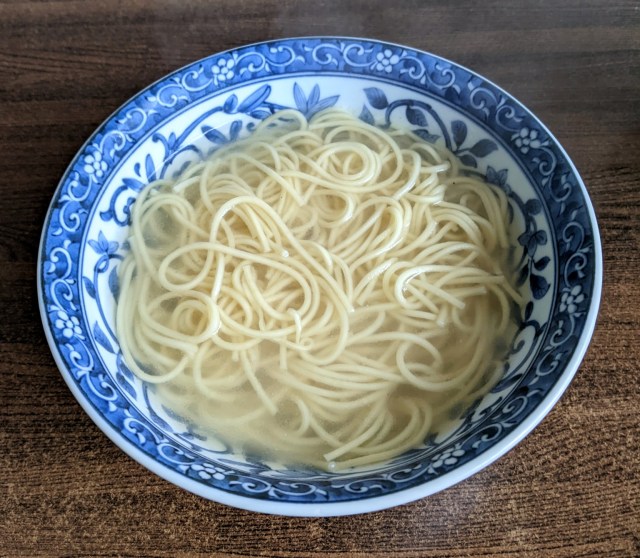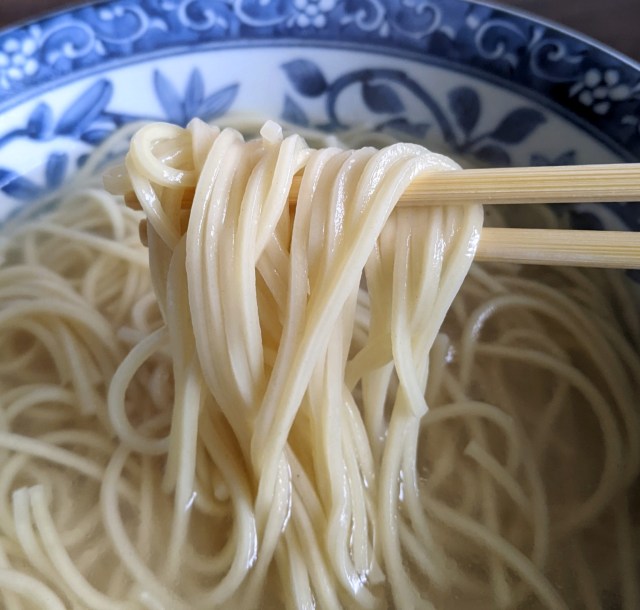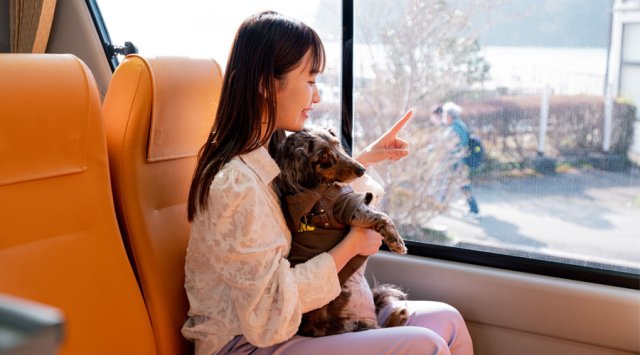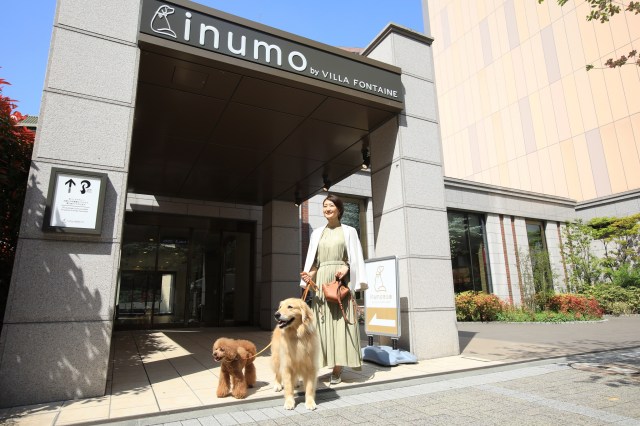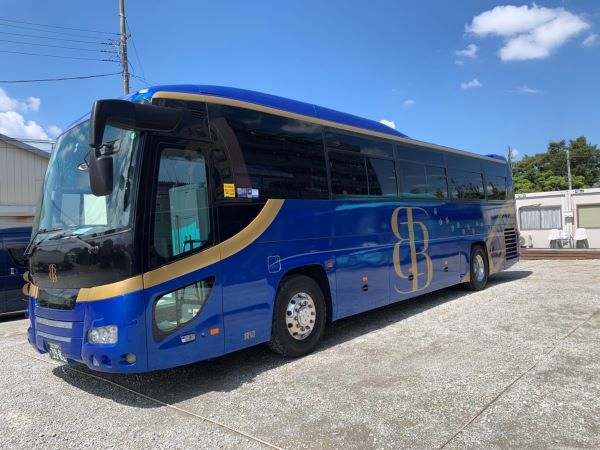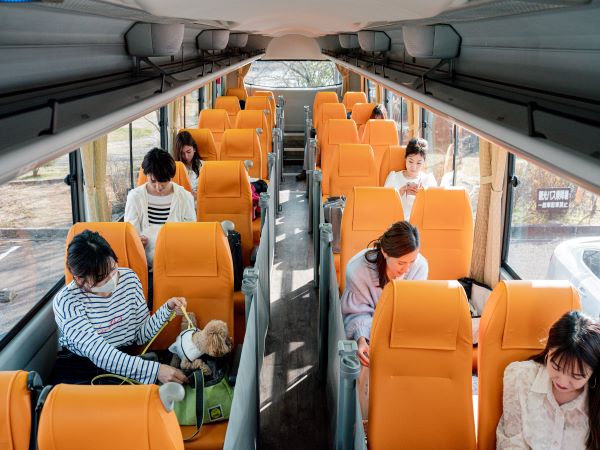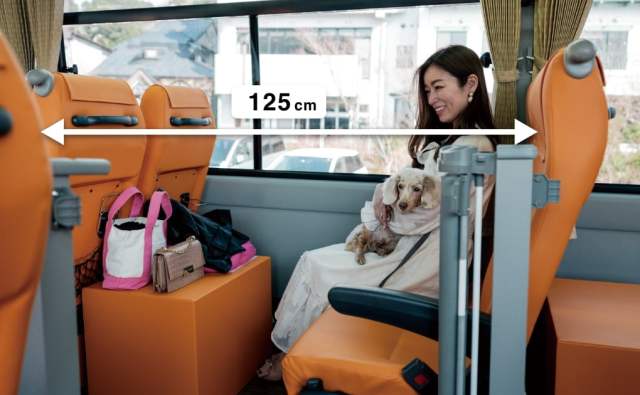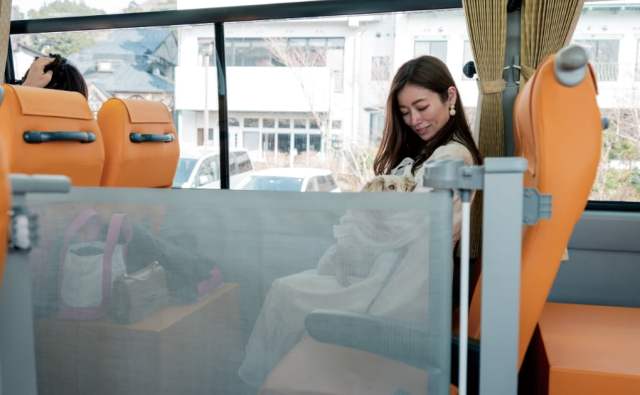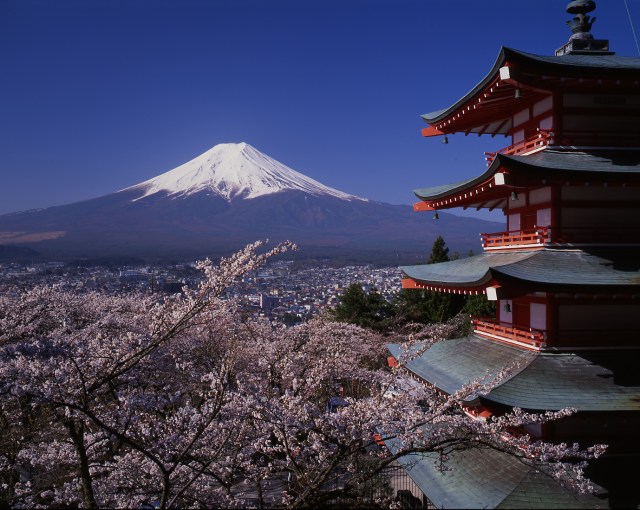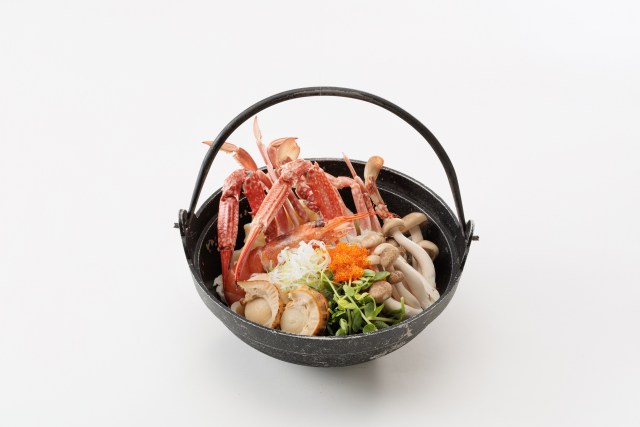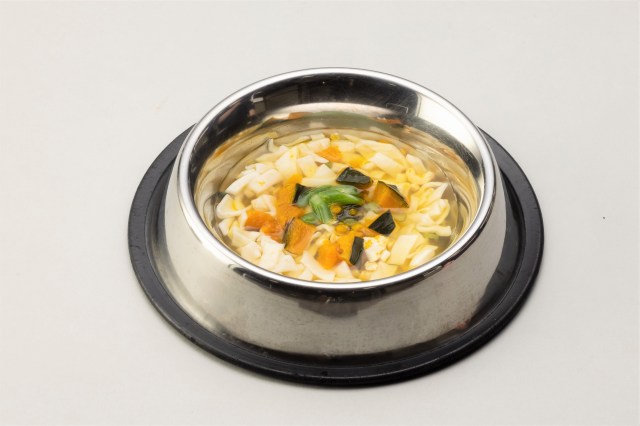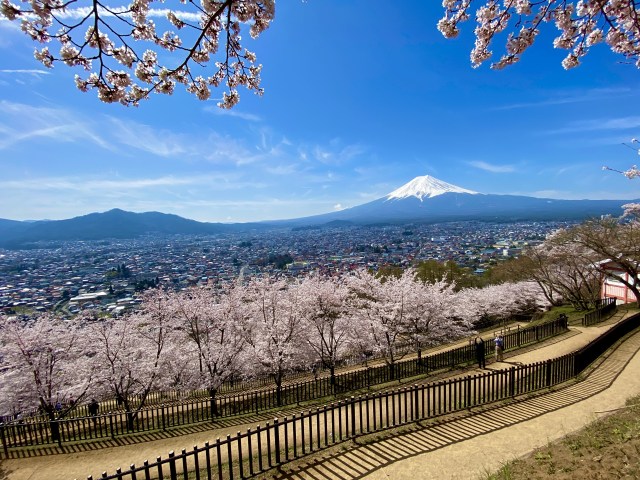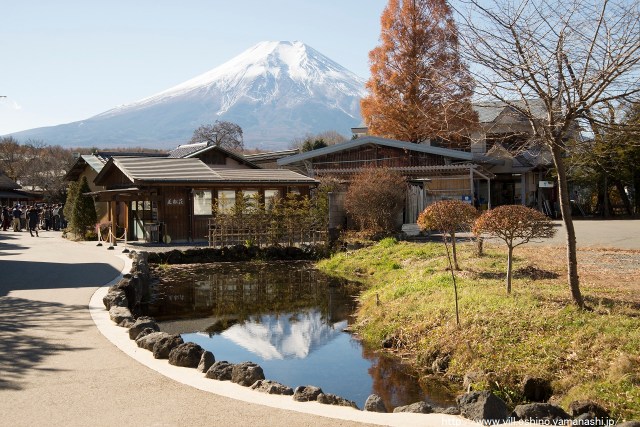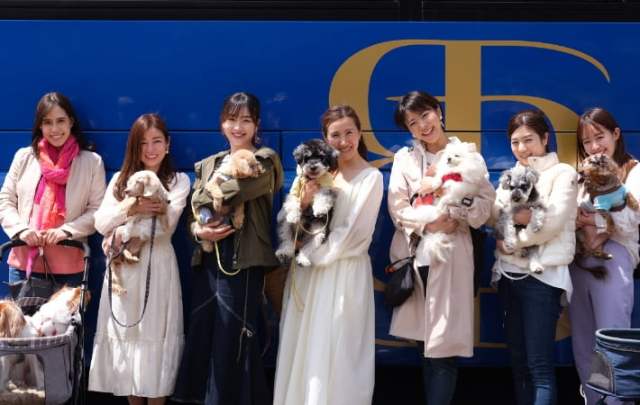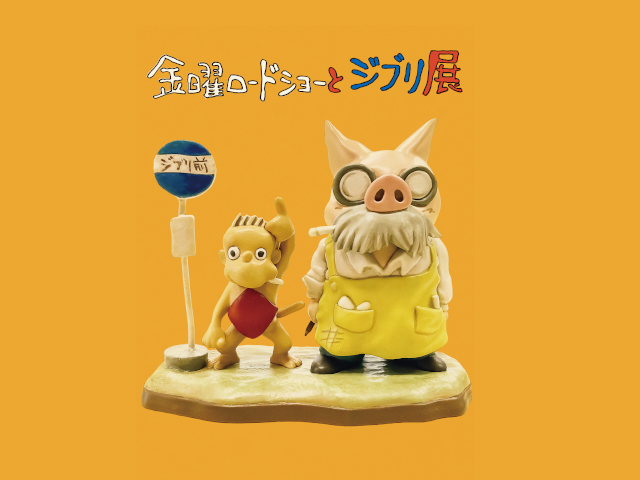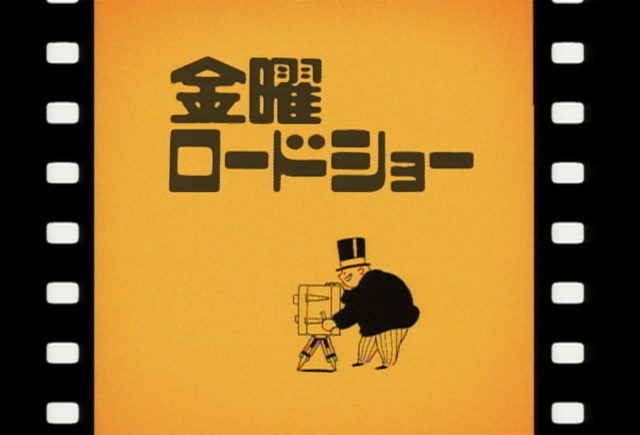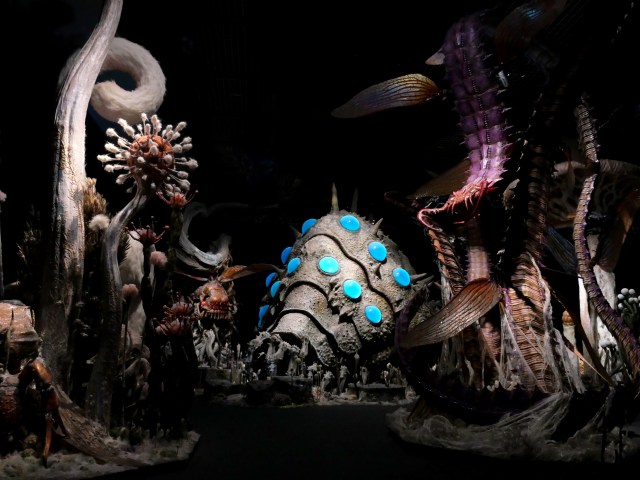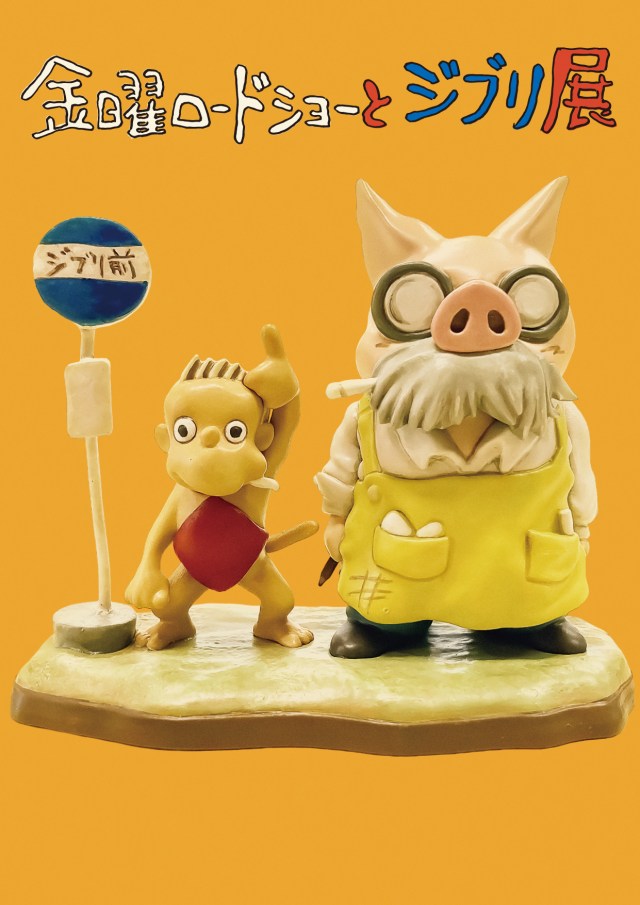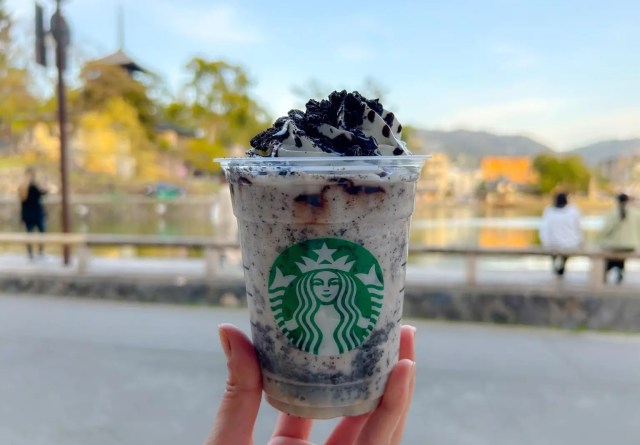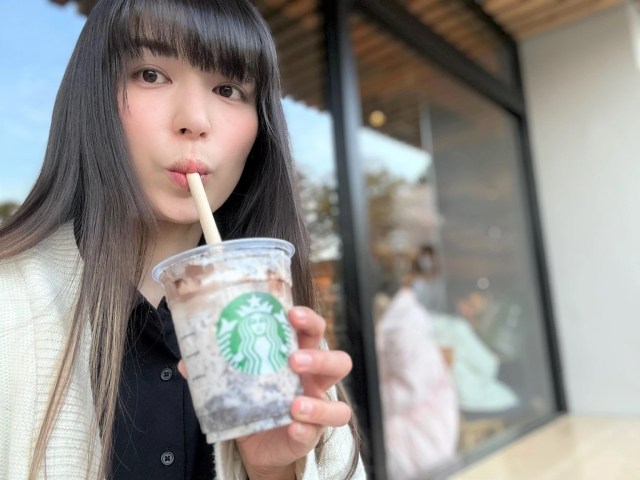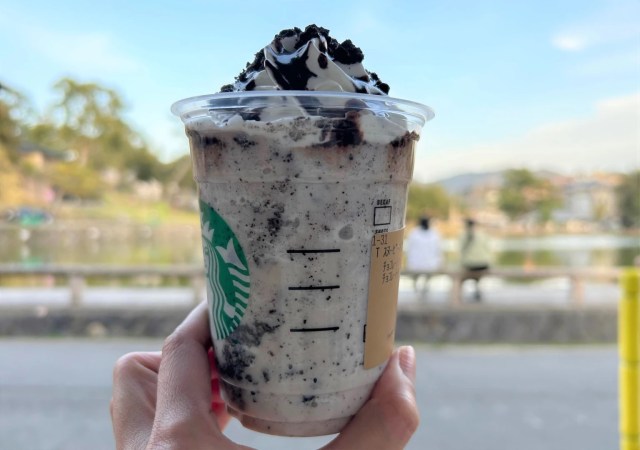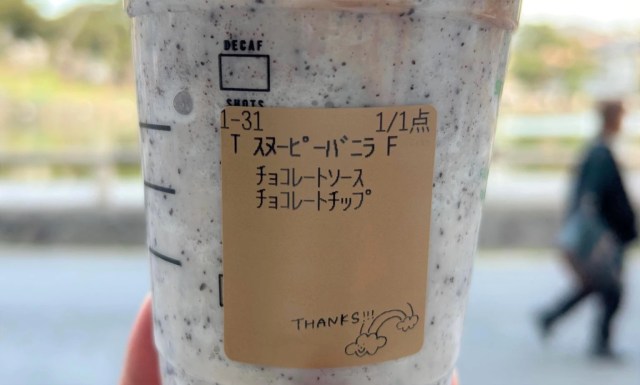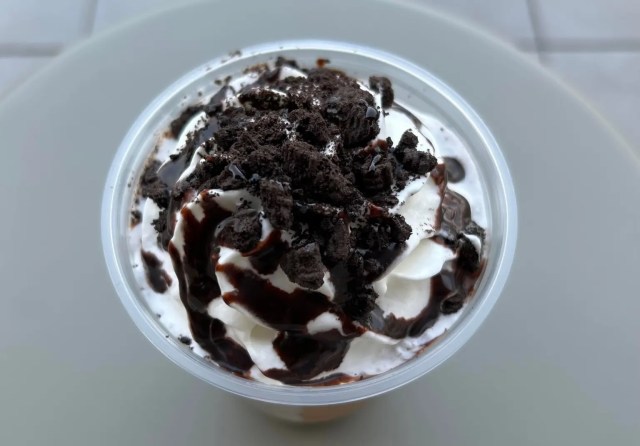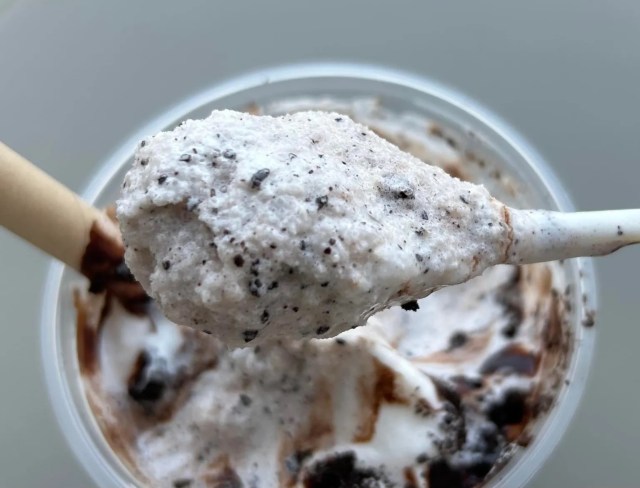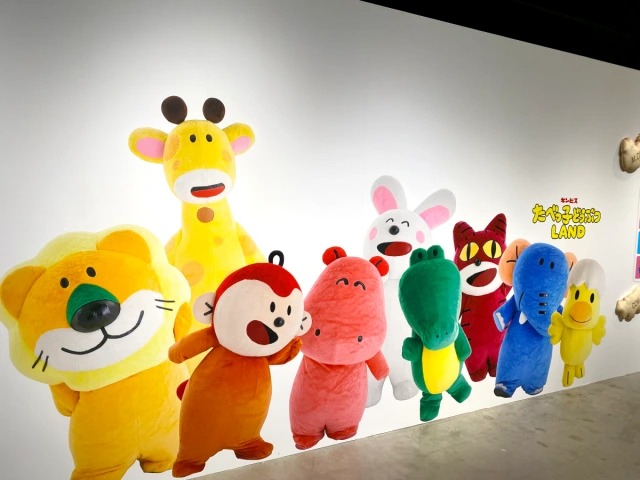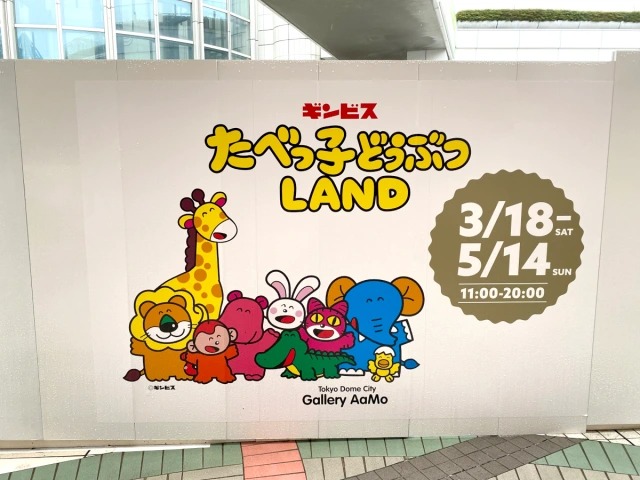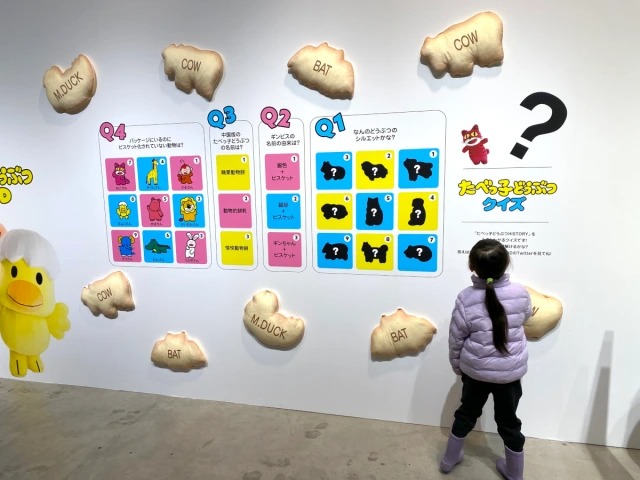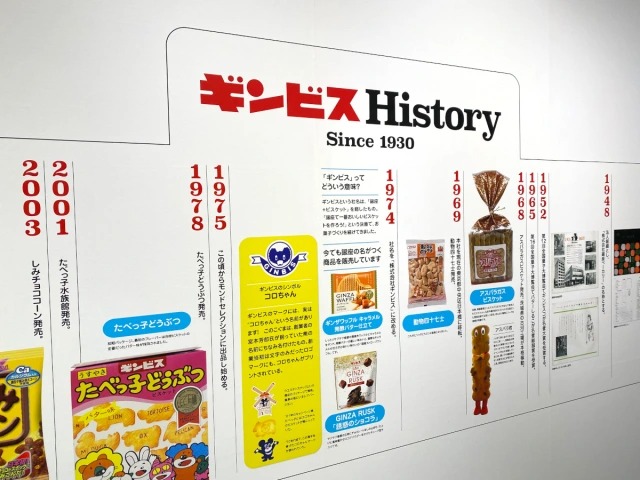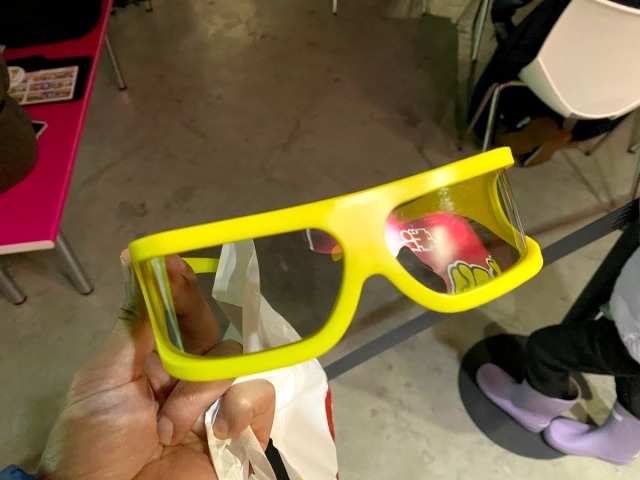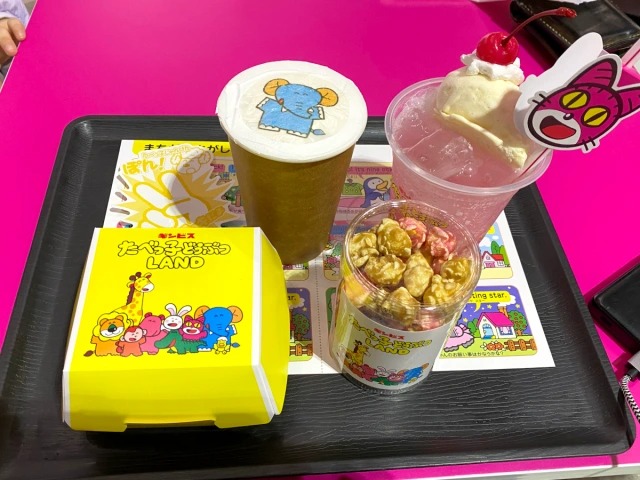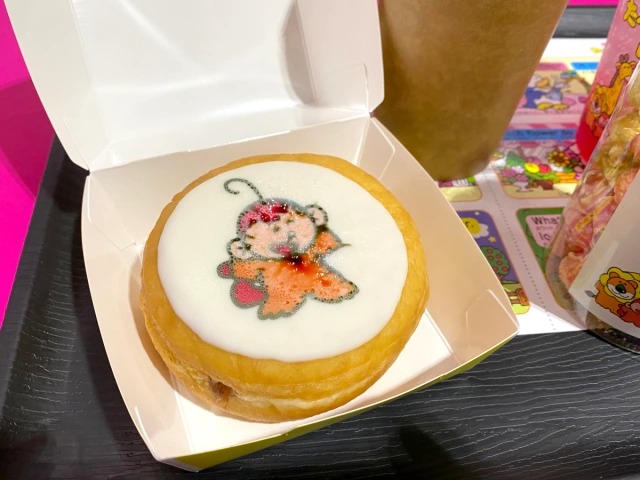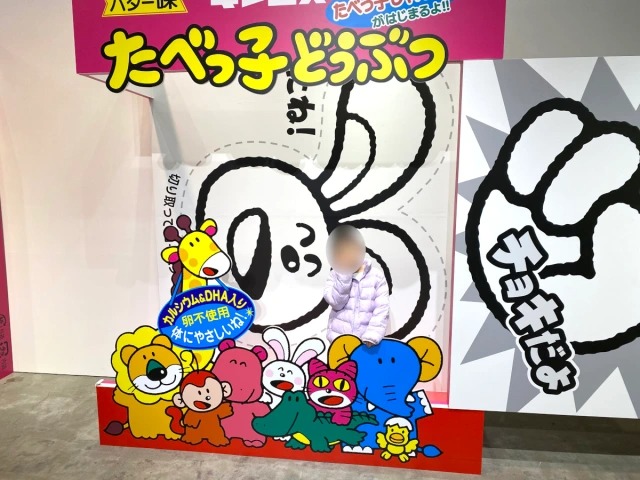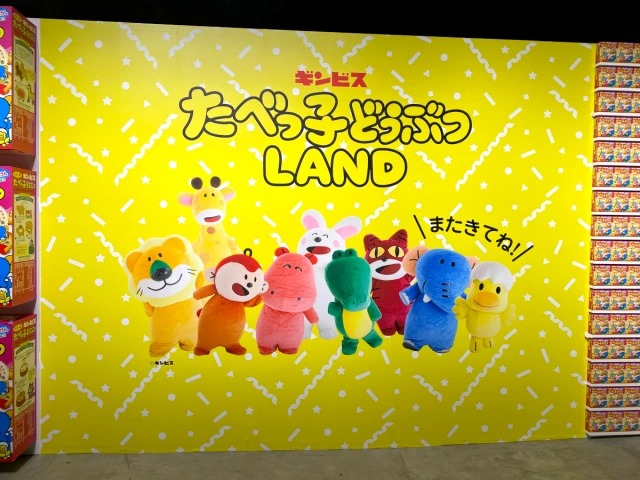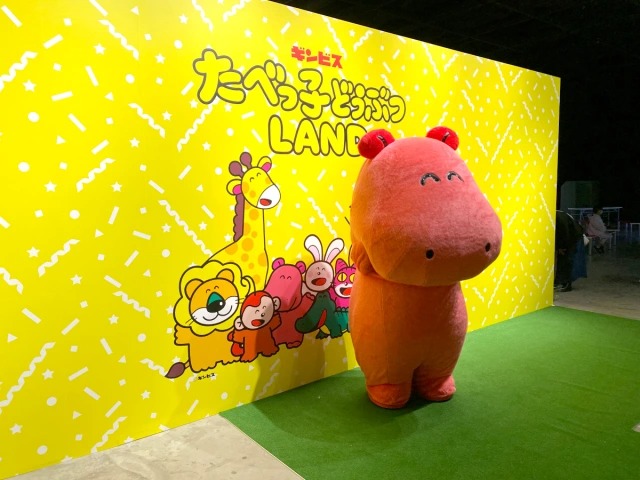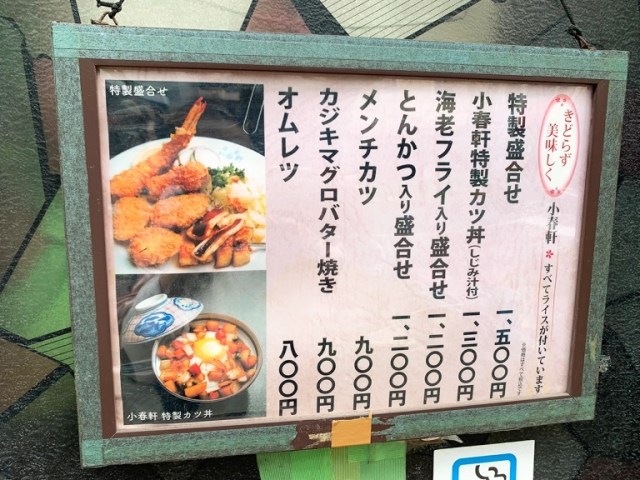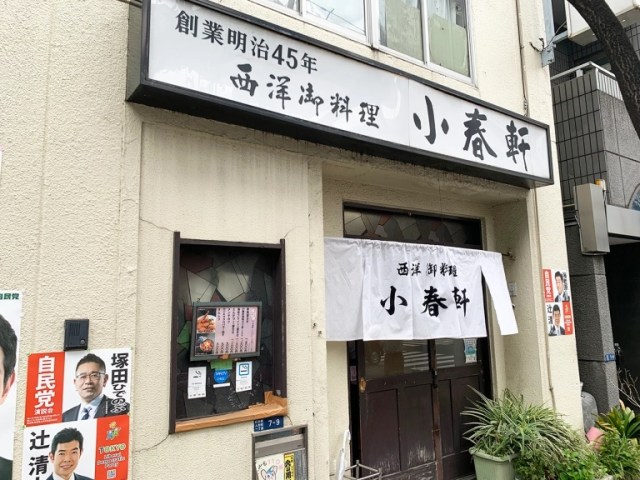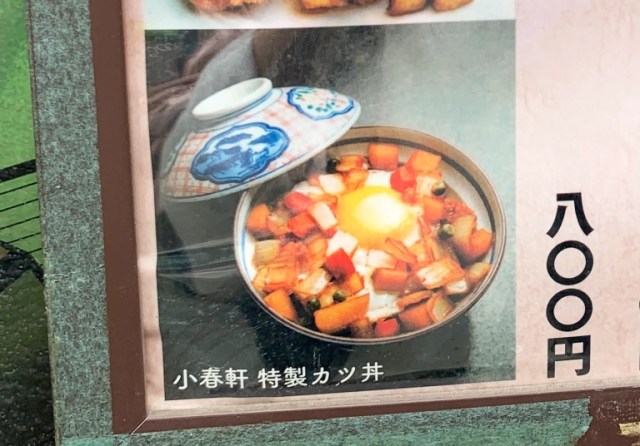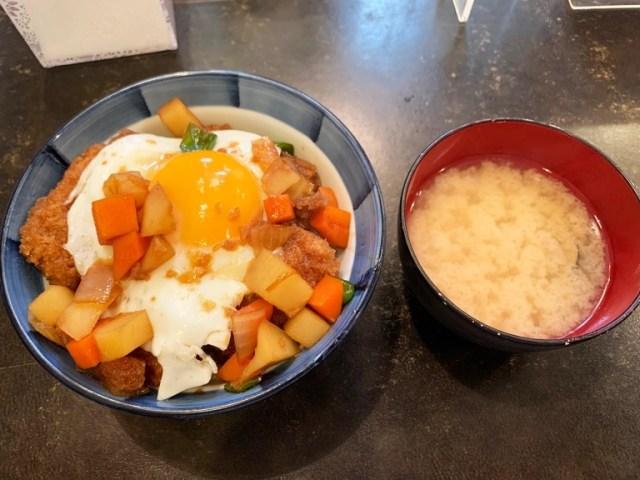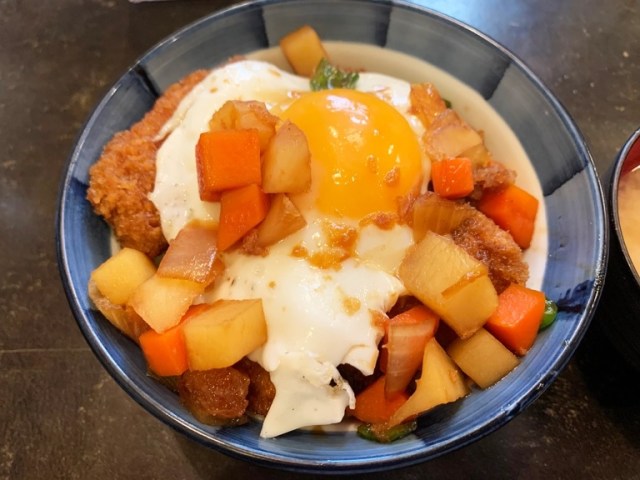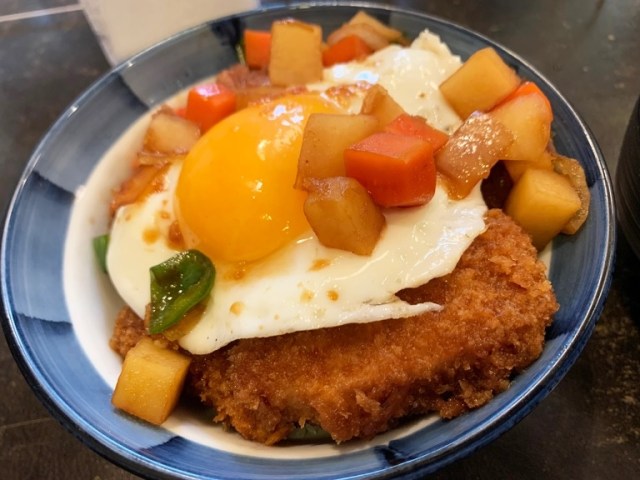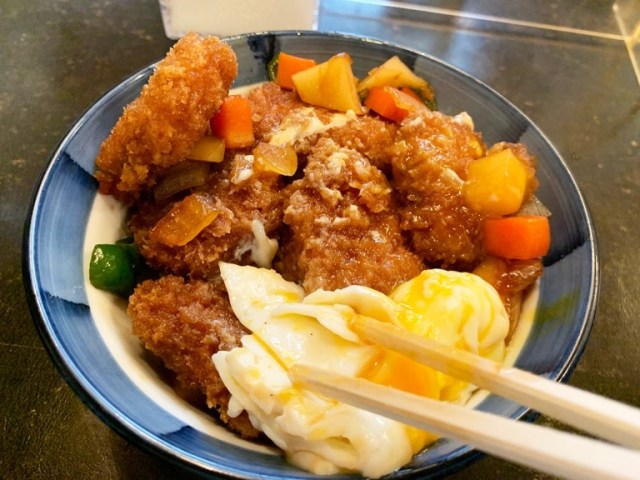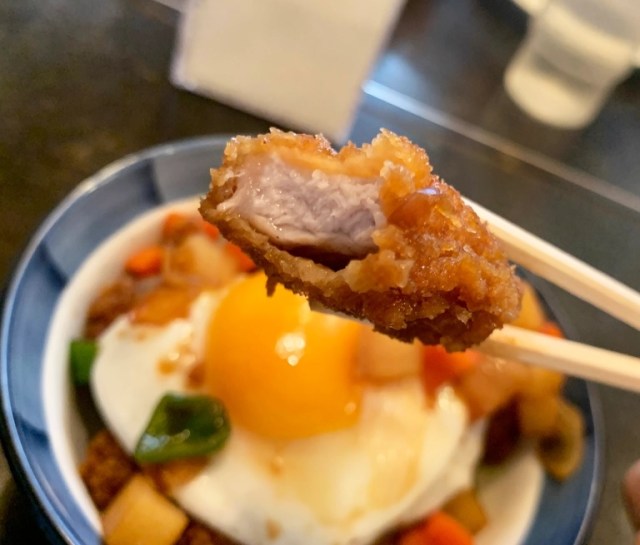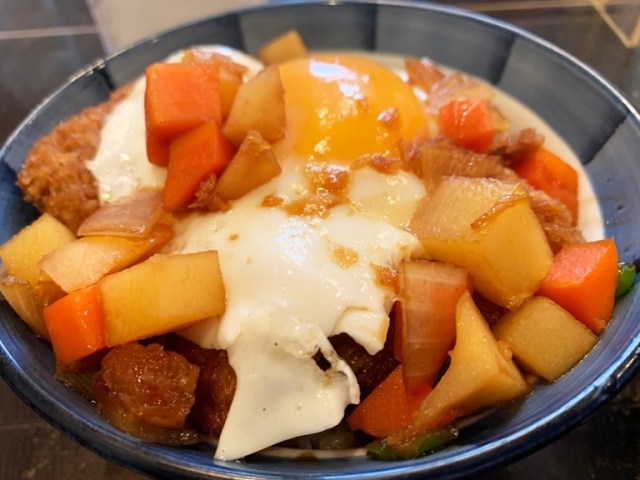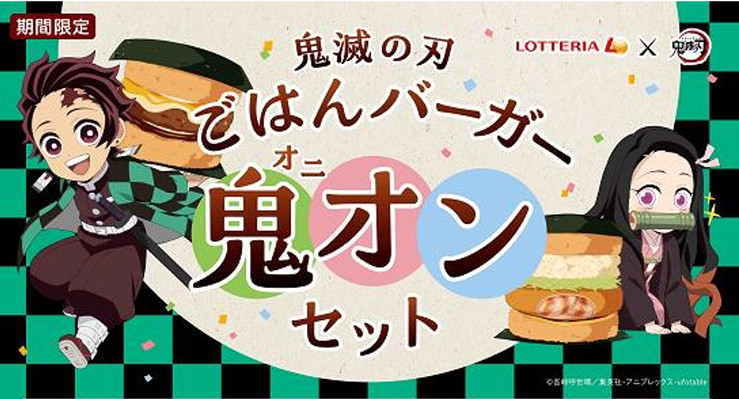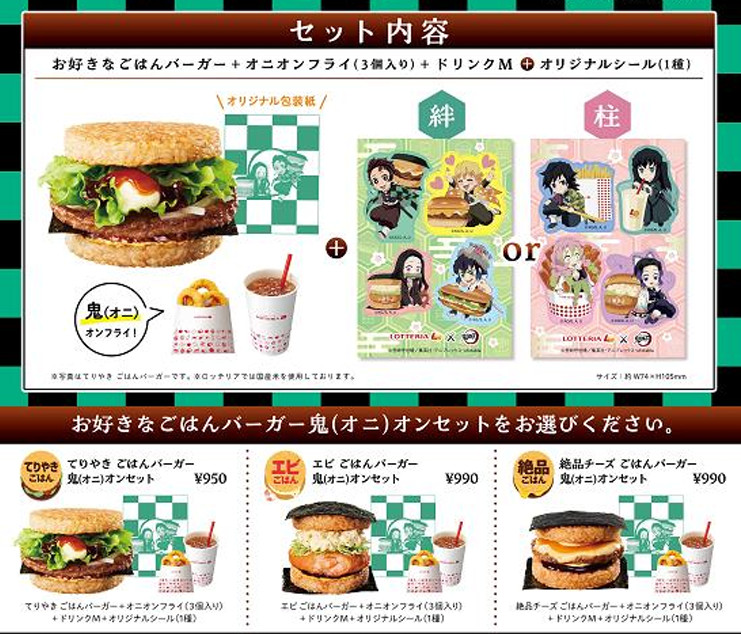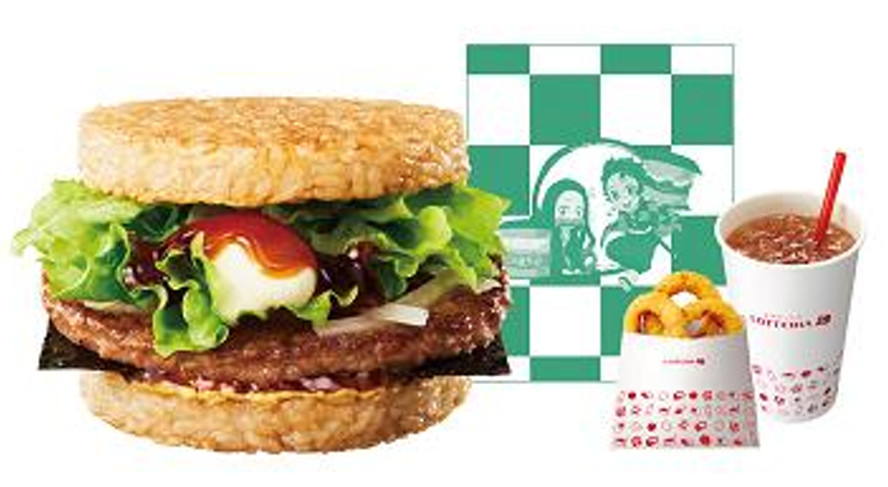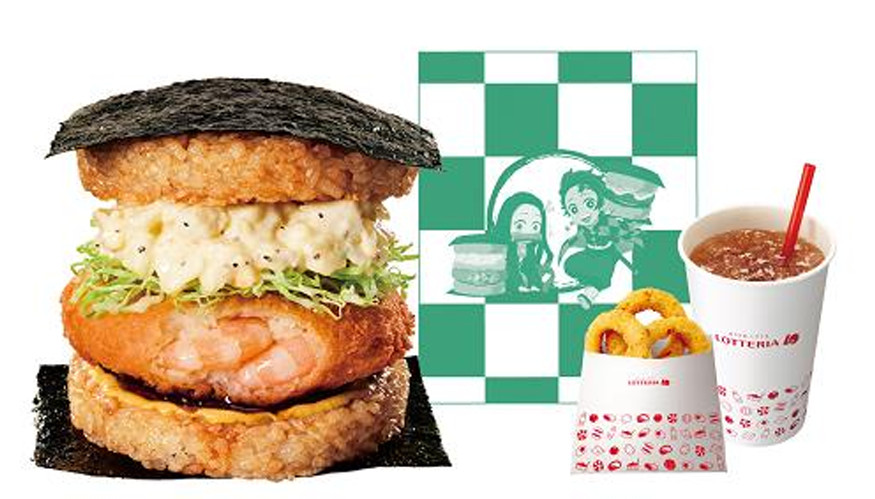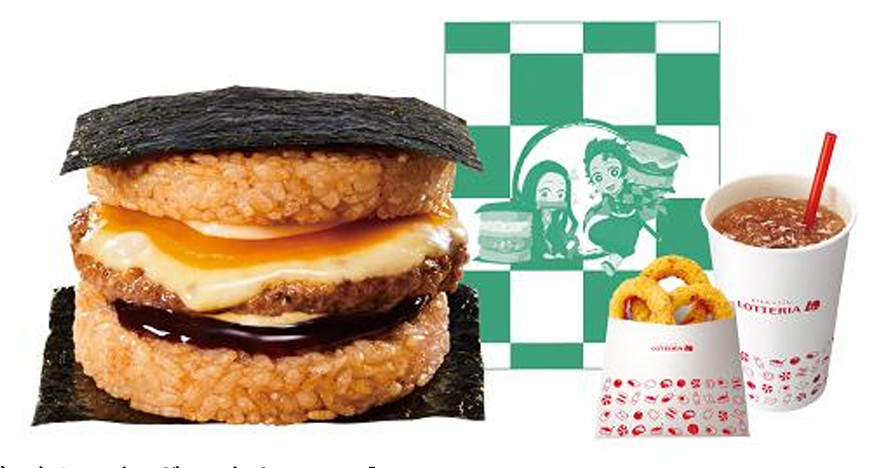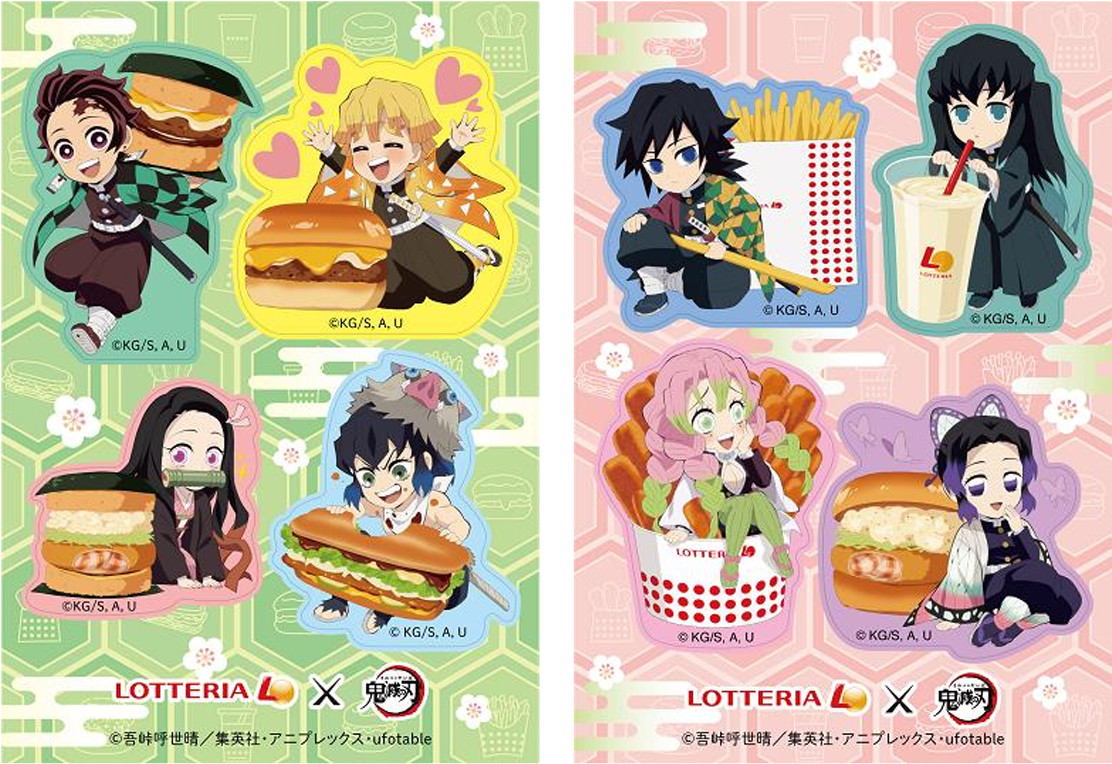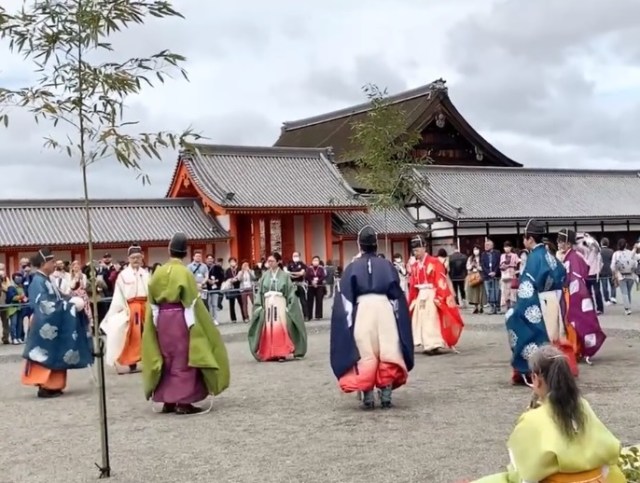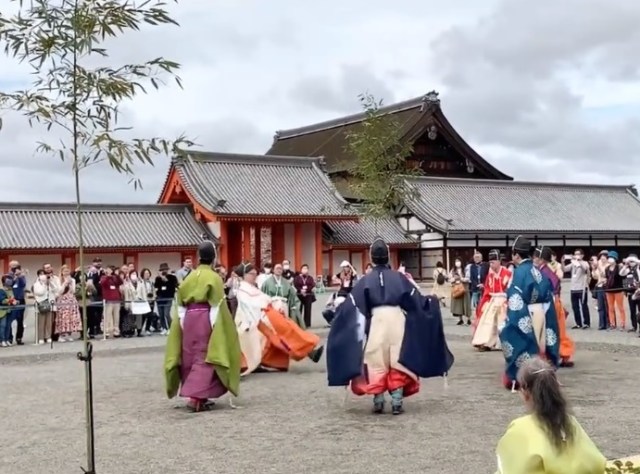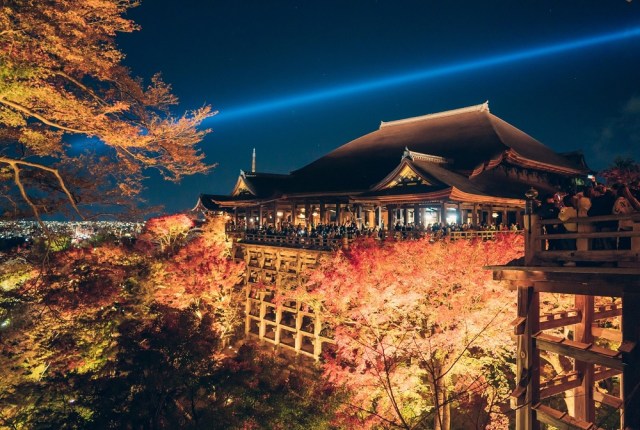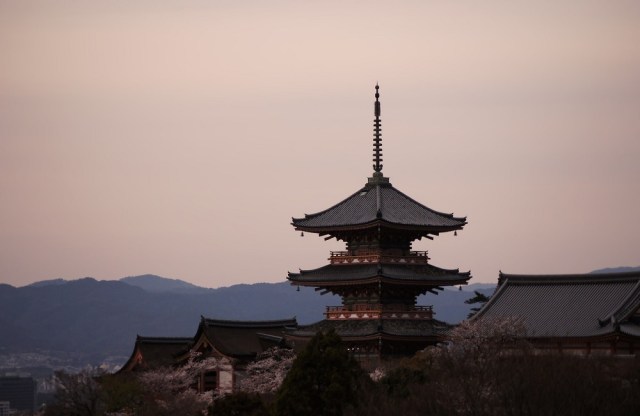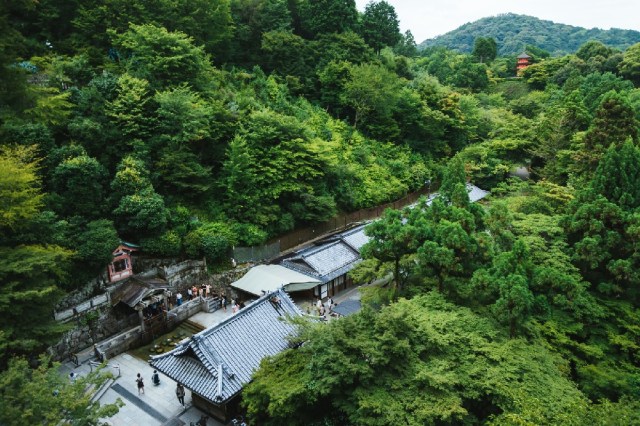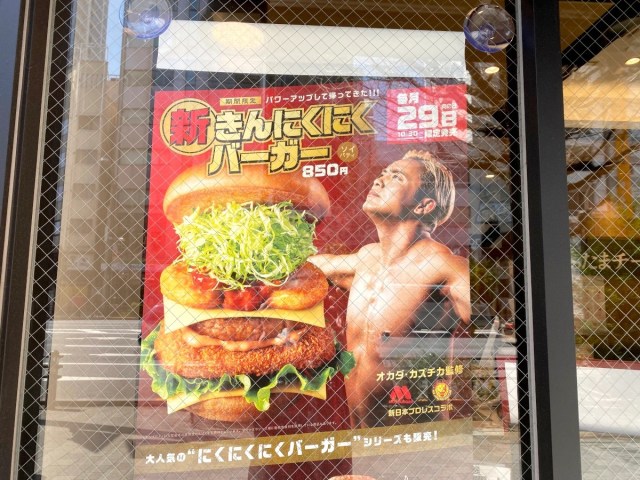
Japanese pre wrestler Kazuchika Okada puts his name, and body, behind this new release.
In Japan, the 29th day of every month is known as “Meat Day“, due to a pun that ties the Japanese word for meat (“niku“) with the Japanese words for two and nine (“ni” and “ku“). It’s the perfect day for fast food chains to release special burgers, and homegrown chain Mos Burger has done just that this month, giving us a burger that’s also a related pun in itself: the Kinniku Burger.
“Kinniku” means “muscle” or “muscles” in Japanese, and that’s exactly what this burger is all about, with Japanese pro wrestler Kazuchika Okada throwing his support behind the new release.
▼ Mos Burger hopes that Okada, a.k.a The Rainmaker, will shower them with customers, just as he’s showered with golden bills when he enters the stadium.
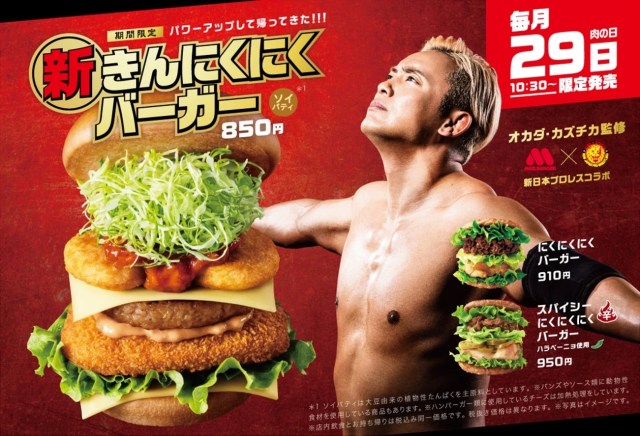 Image: Mos Burger
Image: Mos Burger
Okada isn’t just the face, and body, of the new burger, though — he’s also been involved in its creation, supervising the process to ensure that each burger contains 32 grams of protein, which is indispensable for strength training.
Our reporter P.K. Sanjun was keen to see whether this much protein would give him the strength he needed to get through another gruelling workday, so he headed out to Mos Burger to try it out.
Once there, he saw the burger contained the following ingredients:
“Soy patties based on vegetable protein derived from soybeans, chicken patties using domestic chicken breast meat, chicken nuggets as the main, green leaves, shredded cabbage, sliced cheese, aurora sauce, and meat sauce sandwiched between buns.”
And when he received it, he could see every ingredient at a glance because the burger was huge — towering in height like Okada himself, who’s 191 centimetres (6 foot 3 inches) tall.
▼ A heavyweight champion in the burger world.
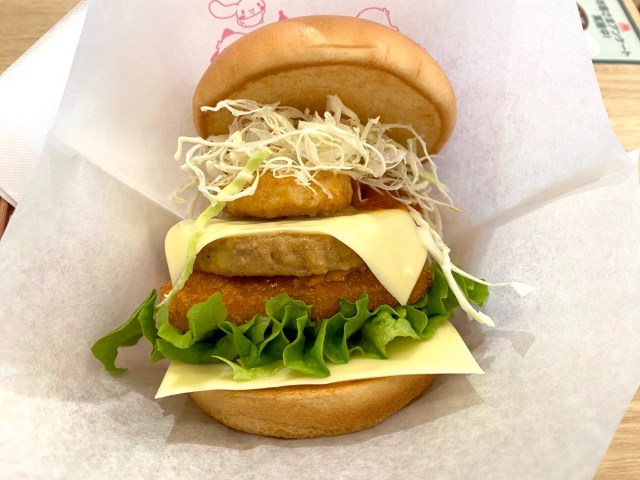
P.K. felt as if this was the equivalent of two burgers, only with more emphasis on protein with the soy patty, chicken patty, and chicken nuggets. Though this was essentially protein food, it was the most delicious type he’d seen, as it dripped clumps of thick, meaty sauce while he held it in one hand.
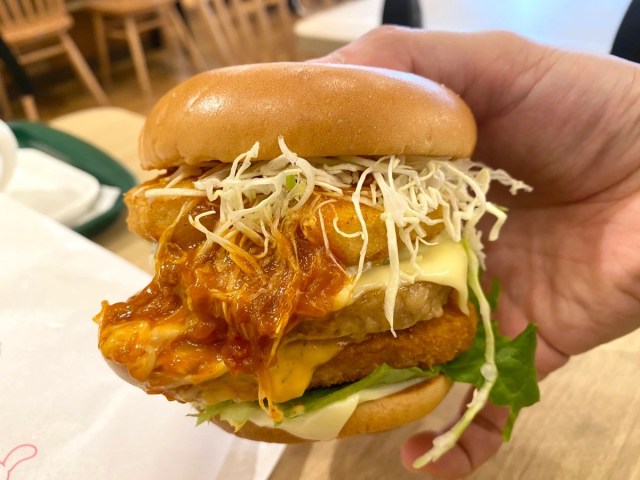
Biting into it, P.K. raised a fist and pumped the air like a champion. Not only was this meal filled with muscle-building protein, it was absolutely delicious! The meat and soy components were moist and flavourful, with the cheese adding umami and the lettuce and shredded cabbage cutting through the grease for a refreshing lift.
The highlight, though, was the sauce, which was sweet and meaty, bringing everything together in a unified whole. Mos Burger clearly knows its stuff when it comes to creating flavoursome burgers, and with Okada on board to oversee the muscle-building aspect of the meal, this is a match made in protein heaven!
The burger retails for 850 yen (US$6.41) and will be available to purchase on the 29th of every month at Mos Burger outlets around the country.
Reference: Mos Burger “Kinniku Burger”
Images © SoraNews24 unless otherwise stated
● Want to hear about SoraNews24’s latest articles as soon as they’re published? Follow us on Facebook and Twitter!
